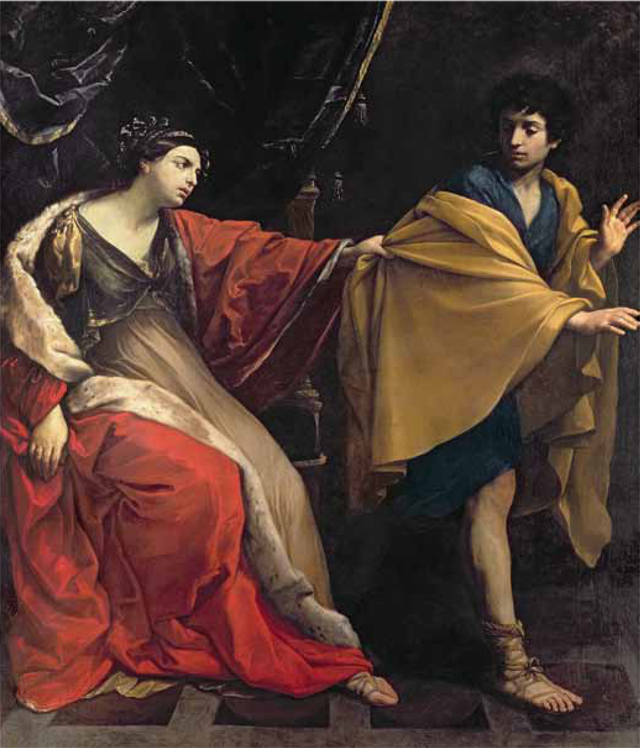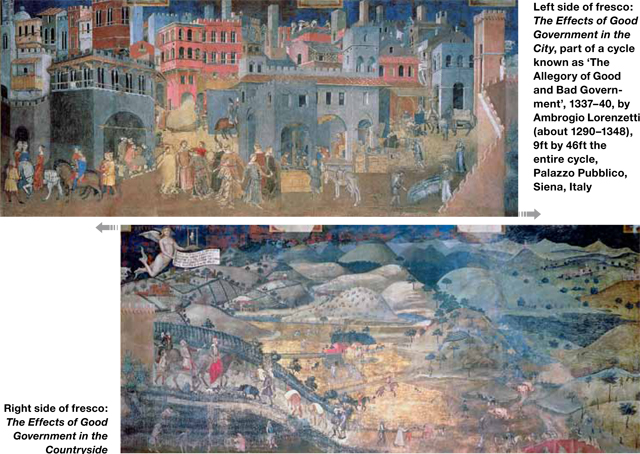My favourite painting: Neil MacGregor
Neil MacGregor chooses his favourite painting for Country Life.


A Lady with a Squirrel and a Starling, 1526–28 by Hans Holbein the Younger (1497/8–1543), 22in by 151⁄4in, The National Gallery, London. Bridgeman Images.
Neil MacGregor says: 'Hans Holbein the Younger is not yet 30. He knows he's good and he wants you to know it, too—and then to commission him. How many whites can a painter paint? For him, there is no limit. Here, he has conjured any number of whites as the bonnet curves, the heavy stole folds and falls, the crisp cuff stands sparkling and proud and the fine lawn bodice seductively reveals the flesh below. All white, all distinct. And in the centre, a miniature miracle—the single pearl button, lustrous below the throat. Blue sky and vine leaves behind a sitter wearing a cap of Russian fur, accompanied by a starling and a squirrel. Absurd combinations, impossible in life—enduringly real in Hans Holbein's art.'
Neil MacGregor is the Director of the British Museum
John McEwen comments: It highlights the significance of Neil MacGregor's choice that this is one of 85 pictures to have entered the National Gallery under his directorship.
Many sons of well-known painters have painted professionally. Holbein is a rare case (Raphael, another) of a son who far surpassed his father’s achievements. the portrait dates from Holbein’s first visit to England, where he arrived in the summer of 1526 with introductions from Erasmus to Sir Thomas More, Chancellor of the Duchy of Lancaster and William Warham, Archbishop of Canterbury. 'He is on his way to England to pick up some angels,' wrote Erasmus. Holbein succeeded. ‘Your painter, my dear Erasmus, is a wonderful artist,’ replied More.
Holbein stayed 18 months and painted more than enough portraits to be appointed Court painter to Henry VIII. Among his pictures was a family group of the Mores, now known only through a drawing, the first of a genre not repeated until the following century. the vine is the biblical symbol of spiritual life. In heraldry, a squirrel symbolises prudence and duty; a starling indomitability. Here, they may refer to the sitter. A likely candidate is Anne Lovell of East Harling (st[H]arling), whose husband’s coat of arms had three squirrels. They could also be pets—red squirrels were fashionable pets at this date. The fur hat suggests winter. A Holbein drawing of a ward of Sir Thomas More shows a similar hat. The modern Holbein scholar John Rowlands described this painting as ‘the most charming of the portraits from Holbein’s first stay in England’.
This article was originally published in Country Life, January 7, 2015
Exquisite houses, the beauty of Nature, and how to get the most from your life, straight to your inbox.
More from the My Favourite Painting Series

My Favourite Painting: Earl of Leicester
The Earl of Leicester chooses his favourite painting for Country Life.

My Favourite Painting: Rupert Sheldrake
Rupert Sheldrake chooses his favourite painting for Country Life.

My Favourite Painting: Cressida Bell
Cressida Bell chooses her favourite painting for Country Life.
Country Life is unlike any other magazine: the only glossy weekly on the newsstand and the only magazine that has been guest-edited by His Majesty The King not once, but twice. It is a celebration of modern rural life and all its diverse joys and pleasures — that was first published in Queen Victoria's Diamond Jubilee year. Our eclectic mixture of witty and informative content — from the most up-to-date property news and commentary and a coveted glimpse inside some of the UK's best houses and gardens, to gardening, the arts and interior design, written by experts in their field — still cannot be found in print or online, anywhere else.
